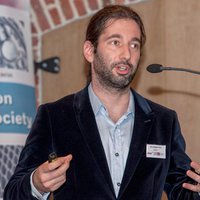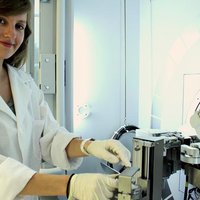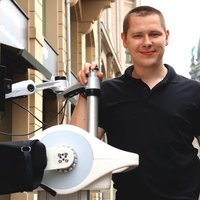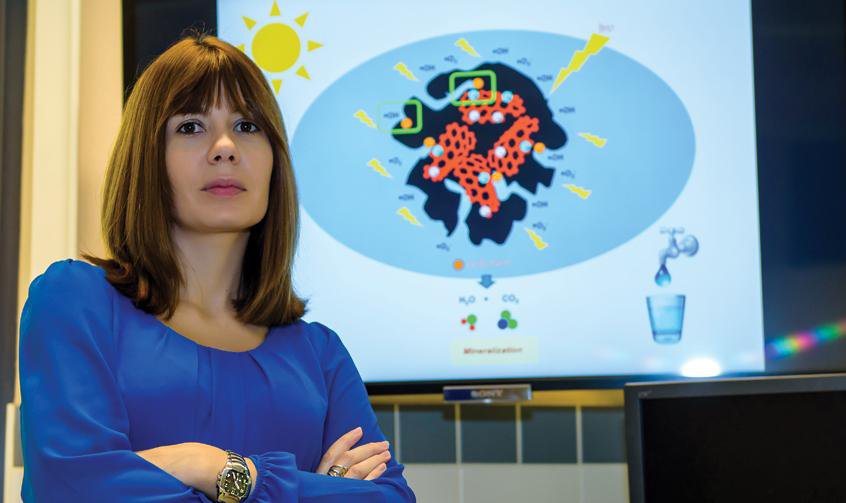Nanotechnology & materials
Leticia Fernandez
Her active carbon filters use sunlight to eliminate contaminants from water

Europe
Yves Van Ingelgem
A new corrosion sensor that makes coastal wind turbines more cost efficient

Europe
Olga Malinkiewicz
Created a printing technology that produces cheap, flexible sheets of perovskite that could revolutionize the energy industry

Latin America
Luciana Tenorio
Her outdoor, UV light resistant cover could be used to construct an inhabitable greenhouse on Mars

Europe
Michal Mikulski
His robot performs rehabilitation therapy for muscular injuries and atrophy
